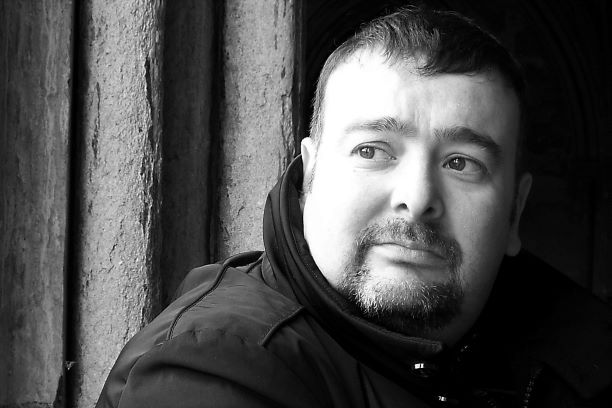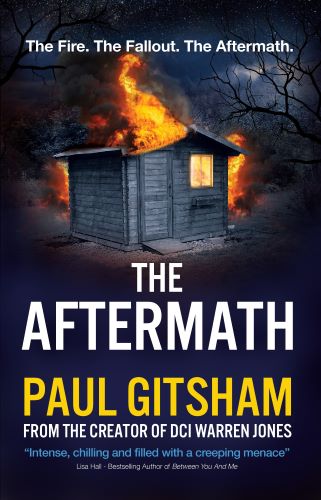Dualling Narratives.
Using Multiple Timelines.
The most basic use of this device is to simply have two parallel storylines that are linked in some way, with one of them set earlier than the other. Typically, there is a ‘modern’ story, which bookends the tale, perhaps the protagonist introduces the story, then we see the events that took place earlier, before returning to the modern times.
The film Titanic is a good example of this. After the discovery of the picture in the wreck of the ship, 100-year-old Rose contacts the dive team. She then recounts what happened 85 years previously, which we see as the storyline that forms the bulk of the main narrative, before we finally return to the present where Rose wraps up the story.
This is typically fairly easy to write. There is little crossing-over between the two timelines, so little danger of the reader becoming confused.
A rather more complex version sees the two timelines told in parallel, with frequent switching between the two. This is where it can become more challenging. It is important to remember that books are rarely read in one sitting. Many people will read a few pages at a time, for example in bed, and might take a break. Therefore it is important to ensure that the reader is confident within a few pargraphs of restarting which timeline they are currently reading. You can of course start each chapter with a date and/or time – but what if the reader put the book down after reaching a section break, rather than a chapter break? How will they know which timeline they are currently reading when they pick the book up again?
In some ways, filmmakers have it easier than authors in this respect. In Titanic, the clothing and opulence of a 1912 ocean liner is easily distinguishable from contemporary 1997 and of course Kate Winslet playing a 17-year-old Rose looked different to her modern-day counterpart, played by a heavily made-up 87-year-old Gloria Stuart. The Guy Pearce film, Memento, is able to easily avoid confusion between two different timelines, one played forward and one in reverse (a clever plot device designed to replicate the protagonist’s short-term memory loss and inability to form new memories), by shooting one in black and white and the other in colour.
For novelists, such trickery isn’t possible. So how can a reader tell, within a few paragraphs, which storyline they are reading?
The most obvious is simply the events that are taking place. The two timelines may be so different that it is immediately obvious when the story is occurring. But what if that isn’t enough? Can you seed clues in?
Crucially, you don’t want to be explicit. Subtlety is key. You want to give a ‘flavour’ of the time period, rather than screaming ‘this bit is set in 1998’.
For example, imagine a story in which two police investigations take place, a few years apart, with the same detective driving both.
The first thing to do, is to ask yourself what is the same about the two stories (and may thus create confusion) and what is different (and therefore can be used as a marker to differentiate the two).
Here are some quick suggestions:
Characters involved. Perhaps some of the secondary characters change between the two situations? DC Plod wasn’t involved in the first investigation, so when they speak it is obvious that the book is currently focusing on the later investigation.
The weather/season. The first investigation took place in winter, the second in summer. So when a character grabs their thick coat, or grumbles about the aircon not working, it places the story appropriately.
Character evolution. If the timelines are several years apart, how have the characters changed? Have they aged? Is one of them now a parent? Are they bald?
How has society changed? TV and films will take great care to get the correct period detail. A character’s mobile phone will look a lot different in 2010 to 2023. It will also have different fuctions and apps. You can use these differences to subtly set the scene.
What are your thoughts on stories set in dual time frames? Have you seen any clever tricks that can help a reader easily place themselves in a particular timeline? As always feel free to share here or on social media.
Until next time,
Paul.
If you are a writer with a tip to share, or fancy writing a fictional interview between you and one of your characters, please feel free to email me.




















